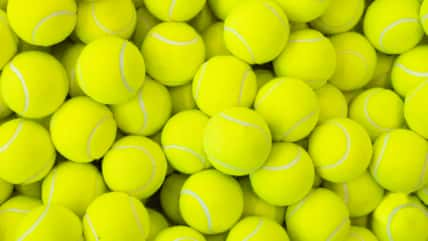Scientists Have A New Reason To Explain Why Mars Is Red

Thanks to its bright red hue, Mars can be identified easily in the night sky. Over the years, past spacecraft observations have determined that this red color is due to rusted iron minerals in the dust.
However, the exact chemistry of Martian rust has long been debated because its formation can provide significant insight into the planet’s environmental conditions at the time.
Researchers had come to the conclusion that the iron oxide component of Martian dust was hematite, which is formed under dry conditions through reactions with the atmosphere over the course of billions of years following Mars’ early wet period.
But now, new research has challenged this view, showing that Mars’ red color is better matched by ferrihydrite, an iron oxide containing water.
Ferrihydrite develops quickly in the presence of cool water, so the red hue must have formed when Mars still had water on its surface.
“We were trying to create a replica Martian dust in the laboratory using different types of iron oxide. We found that ferrihydrite mixed with basalt, a volcanic rock, best fits the minerals seen by spacecraft at Mars,” said Adomas Valantinas, the lead author of the study and a planetary scientist at Brown University.
“Mars is still the red planet. It’s just that our understanding of why Mars is red has been transformed. The major implication is that because ferrihydrite could only have formed when water was still present on the surface, Mars rusted earlier than we previously thought. Moreover, the ferrihydrite remains stable under present-day conditions on Mars.”
The researchers used an advanced grinder machine to create realistic Martian dust particles. Then, they examined the samples by applying the same techniques as orbiting spacecraft and made direct comparisons with data gathered from three spacecraft orbiting Mars.
The spacecraft included the European Space Agency’s (ESA) Mars Express Orbiter and Trace Gas Orbiter (TGO), NASA’s Mars Reconnaissance Orbiter, and NASA’s Curiosity, Pathfinder, and Opportunity rovers.

Sign up for Chip Chick’s newsletter and get stories like this delivered to your inbox.
Ultimately, ferrihydrite was identified as the best match. The formation of ferrihydrite requires liquid water and cold, wet, oxidizing conditions.
The findings suggest that Mars experienced cold, wet conditions with active chemistry before becoming the dry, arid planet it is today.
They also raise questions about the probability of life existing on Mars’ surface in the past. More research is needed to figure out whether life could have thrived on Mars and to confirm ferrihydrite as the origin of the red hue.
“We eagerly await the results from upcoming missions like ESA’s Rosalind Franklin rover and the NASA-ESA Mars sample return, which will allow us to probe deeper into what makes Mars red,” said Colin Wilson, a project scientist for ESA’s TGO and Mars Express.
The study was published in Nature Communications.
More About:News





